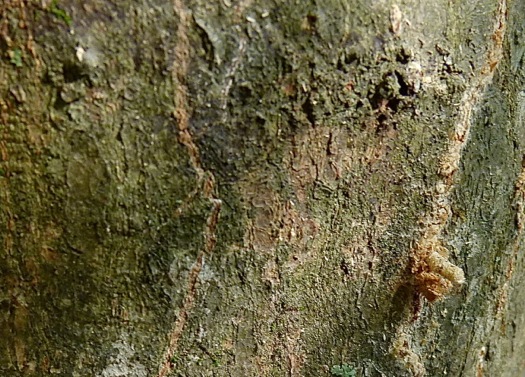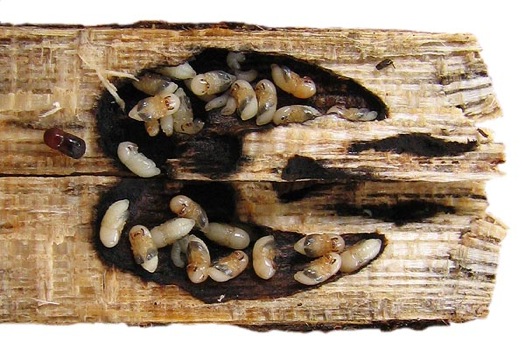Glittering Autumn Landscape
 Sunday, November 24, 2019 at 9:15PM
Sunday, November 24, 2019 at 9:15PM It is true that this year's autumn colors were affected by late summer drought and high heat. However, even as many leaves are crispy and brown, others now are brandishing their colors in final, glorious defiance of winter, which is coming rapidly. 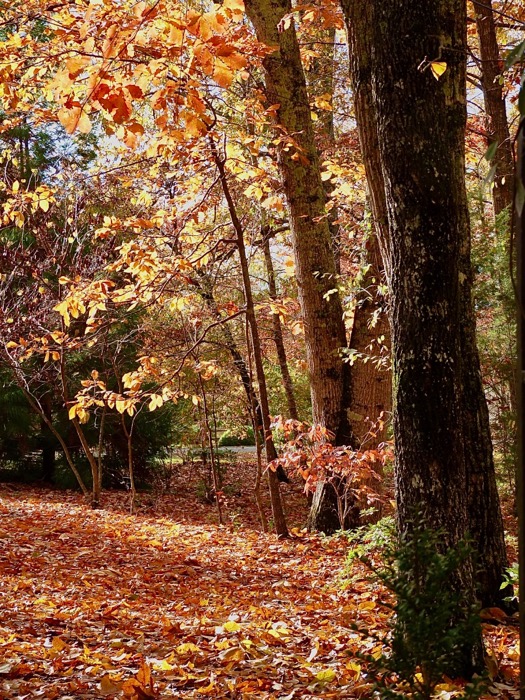 Rain and wind have been bringing these leaves down in great showers. When the weather cleared yesterday, I hurried ouside to take some photos of the display before it is gone. The landscape literally was glittering in the sunlight.
Rain and wind have been bringing these leaves down in great showers. When the weather cleared yesterday, I hurried ouside to take some photos of the display before it is gone. The landscape literally was glittering in the sunlight.
In general, the following trees and shrubs in my garden produce the following colors:
Hickory trees (Carya), Redbud trees (Cercis), Forsythia, and Winterberry (Ilex verticillata): yellow and gold.
Maple trees (Acer), Oak trees (Quercus), Dogwood trees (Cornus), Oakleaf hydrangeas, Blueberry, and Burning Bushes (Euonymus alatus): red, orange and purple.
Crepe myrtle trees: yellow, orange, and red.
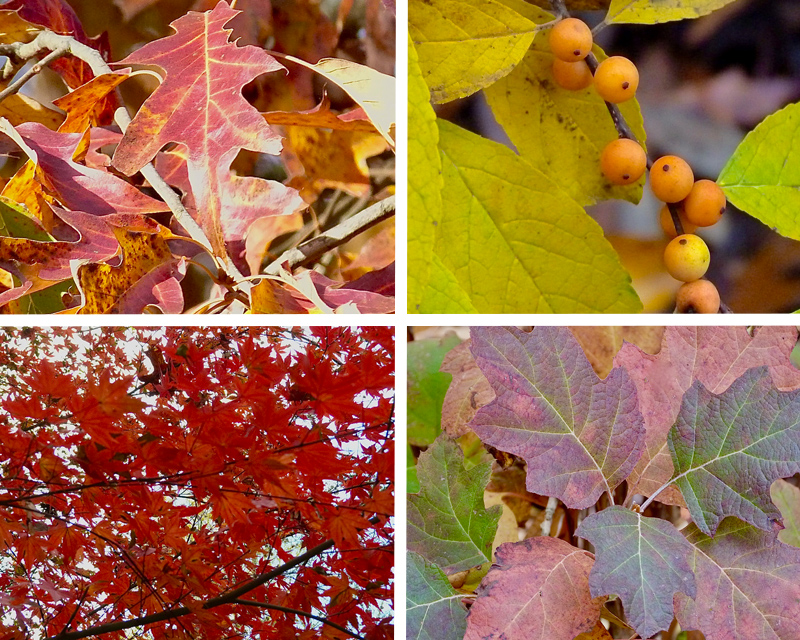 Clockwise from top left: Oak; Winterberry; Oakleaf hydrangea; Japanese maple.
Clockwise from top left: Oak; Winterberry; Oakleaf hydrangea; Japanese maple.
The Japanese maple 'Orido Nishiki' is green, with a touch of white variegation, through the summer, but the fall foliage is always spectacular: 
More autumn scenes around the garden: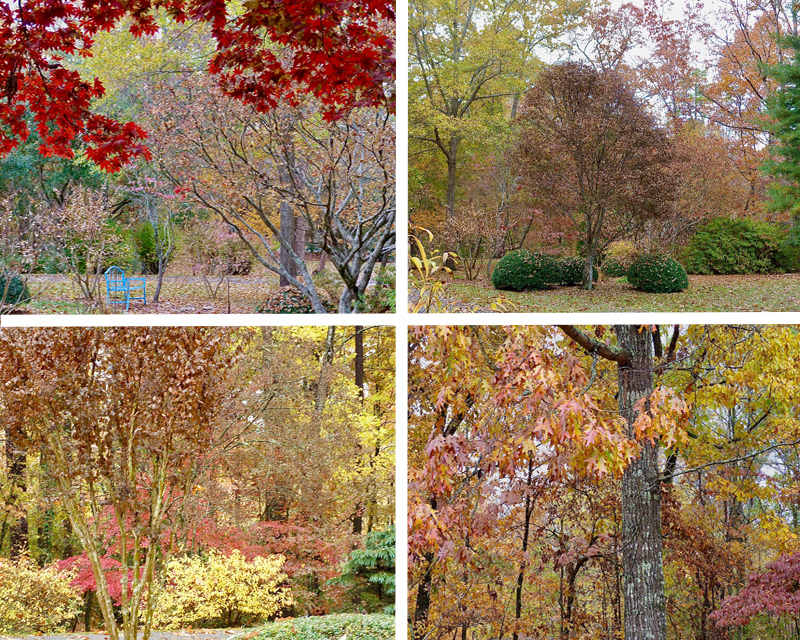
 This tree with fantastic bark is a trident maple (Acer buergerianum).
This tree with fantastic bark is a trident maple (Acer buergerianum).

I hope you enjoyed my glittering fall landscape a bit as much as I have! Best wishes to you all, Deb


